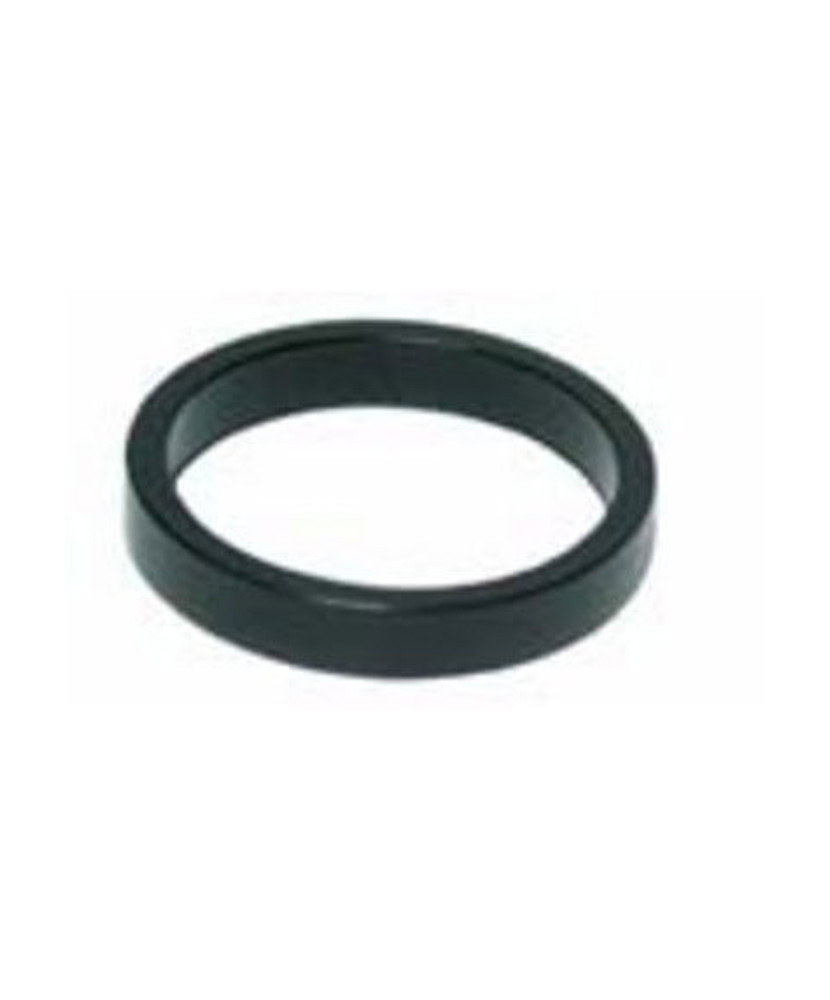

Presumably this is there to protect the amp’s insides from a carelessly-chucked mains plug, but it makes access to the valves tricky should you need to replace them. The amp feels solid enough, and our only real beef with the design is the little panel across the back. There’s also an input here for the included footswitch, which can be used to bypass the boost and the loop. There are a couple more extras skulking round the back, too: a DI output, EQ-treated to send a usable tone directly to your recording interface and an effects loop. Marshall has clearly recognised the need to cater for bedroom players with short-tempered parents and/or neighbours its Powerstem system works by lowering voltages around the power stage.

The third thing you definitely won’t find on an original Super Lead is the three-way output level switch, allowing you to drop down to three watts or around half a watt. Why they didn’t just call it ‘blend’? No matter – it’s a brilliant idea. In fact it’s a simplified take on the old Marshall trick of patching between normal and high-treble channels then adjusting the relative levels for a richer tonal palette than either channel on its own. No, this doesn’t cause the amp to lean over to one side as a way of discouraging bandmates from resting their drinks on it. But right next to that, before we get to the familiar bass, middle and treble controls, we see a knob marked ‘tilt’. The gain boost and tilt control are useful tone-shapersįirst up, there’s a ‘pull boost’ option on the preamp gain control – nothing too radical there. And there are clues to three of these functions on the top panel.
ORIGIN 8 REVIEW BLUETOOTH
So, those contemporary features that we mentioned? Technophobes will be relieved to hear that we’re not talking about Bluetooth trickery or even digital effects, here – just refined ways of controlling things. This suggests an emphasis on Plexi-style grind rather than sparkly treble.

Take a couple of steps back along the signal path and you’ll find that the output valves are E元4s – big bottles we’re used to seeing in louder amps than this, and an interesting change from the EL84s favoured by many modern 20-watters.


 0 kommentar(er)
0 kommentar(er)
